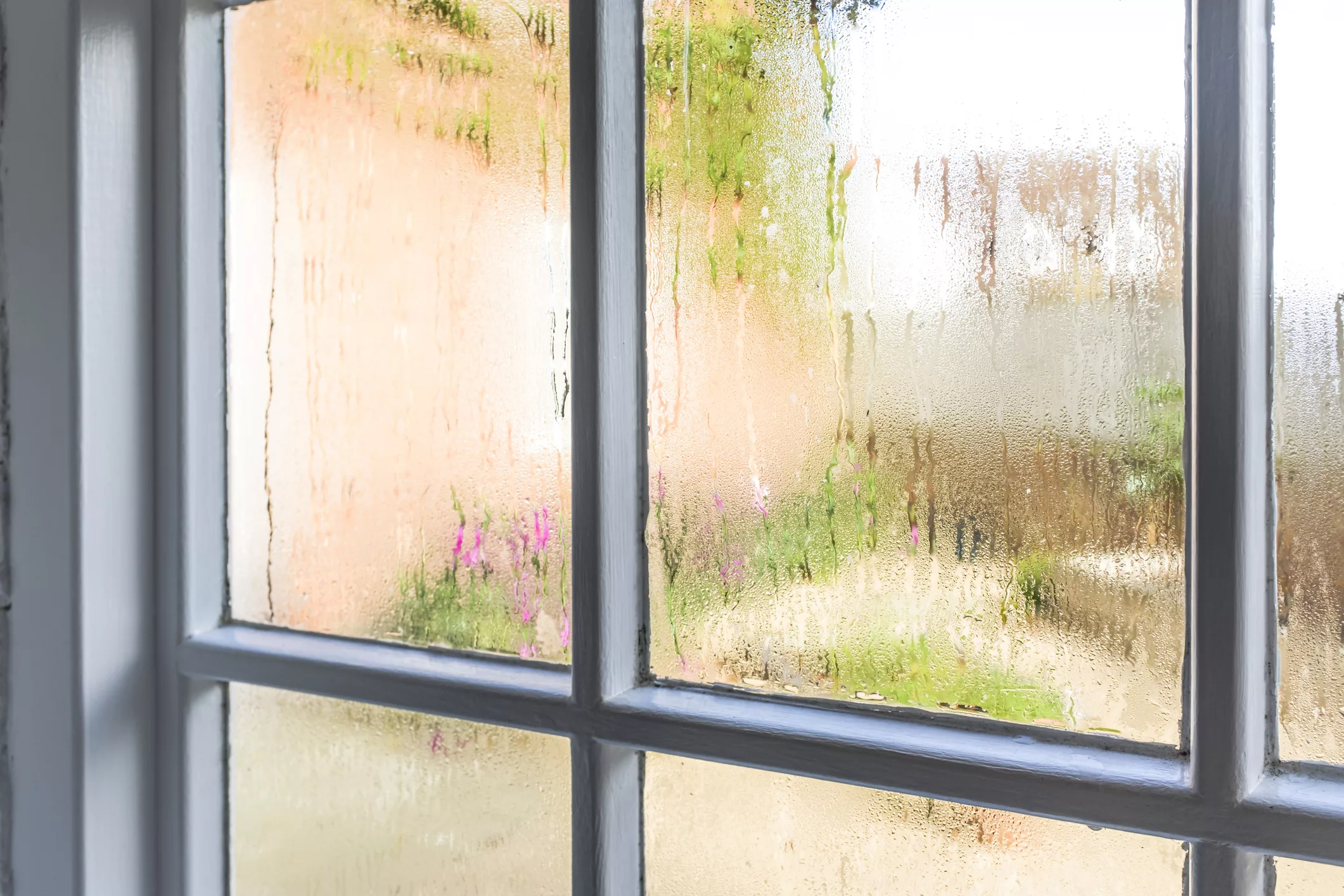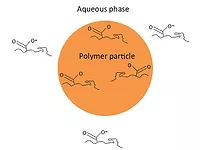How Does Humidity Impact Surface Preparation and Coating Performance?

Credit: PaulMaguire, iStock / Getty Images Plus, via Getty Images
Various environmental conditions impact coating performance and longevity. Taking control over these circumstances to the greatest extent possible can vastly improve the chances of project success.
Humidity is one of the greatest impediments to achieving high-performance and consistent paint and coating applications. Here's a look at how humidity impacts surface preparation and coating quality and what you can do to alleviate that impact.
What Problems Does Humidity Introduce to Coating Performance?
Anyone who works in construction or any kind of manufacturing, fabrication, or product finishing understands that moisture is a primary antagonist. Humidity in a work environment will substantially decrease the project's quality, visual appeal, and anticipated life span.
Here’s how humidity impacts surface preparation:
- Compromised adhesion: If local atmospheric humidity is high enough, it will deposit moisture on the surface of the workpiece and interfere with successful coating adhesion. This leads to wasted time, effort, and materials.
- Possible flash rust: Condensation on a workpiece may cause flash rush, which takes just minutes to begin. It will almost certainly cause the coating to fail before its time and the workpiece to require additional remediation steps.
- Delamination: If steps aren't taken to eliminate surface condensation and the area is coated or painted over, the workpiece will likely experience blistering and delamination of the coating.
Some experts estimate that 60%-80% of instances where coatings fail before their time result from a lack of surface preparation or incomplete surface preparation. Some surfaces, like mirrors, are exposed to humid conditions almost constantly, and their UV-protectant or mirrored coatings must stand up to that kind of punishment over a long period.
What are the best ways to prevent such setbacks from occurring? How can companies ensure coating performance even in the face of high humidity?
How Environmental Conditions Impact Coating
Now that we understand how humidity impacts surface preparation, what are some ways to stop this from happening? It clearly affects surface preparation requirements, but this isn't the only factor. Properly dealing with humidity and environmental conditions that impact coating begins with basic appraisals of the material itself and the expected weather patterns in the area.
Check the Local Forecast
The first line of defense for anybody working at a site that’s not climate controlled is to check the local weather reports. Whether the project is slated to take an afternoon or span multiple days, if Mother Nature intends harsh conditions, it may be in all parties’ best interests to wait until better conditions arrive. This is especially the case when teams haven’t invested in humidity-reducing technologies.
Evaluate the Surface to Be Coated
Manufacturers and coating specialists have several resources available to help them accurately assess the quality of the surface awaiting coating or painting. The International Organization for Standardization's ISO 8501-1 series of guidelines is particularly important. ISO lays out a four-tier appraisal system — A through D — for determining a surface's suitability for receiving a coat of paint or another coating product.
No matter how well you believe you've taken humidity into account, those steps won't matter if basic surface assessments aren't completed beforehand. A proper check will reveal:
- Whether surface preparation is necessary
- What kind of preparation is likely to be the most successful
- Whether additional processing steps may be required before coating
An honest assessment may reveal that the surface is not well-suited to painting or coating before substantial refurbishment or replacement of key components is completed.
If it's determined the workpiece isn't suited to painting or coating, manufacturers and specialists should know their options for conscientiously recycling the material. Even if the components aren't suited to the high-visibility application that coated or painted objects are typically associated with, they could still serve a function elsewhere or in a different project.
Know Your Temperature Differentials
Painting and coating specialists should understand the impact of the local dew point on surface adhesion. For instance:
- For broad steel surfaces, like walls and ship hulls, the surface of the workpiece should be at least 5 °F (3 °C) higher than the current dew point.
- For coating empty tanks and similar structures with a clearly defined interior, the differential should be even higher. Maintain a 50 °F (10 °C) difference between the exterior and interior air dew points.
Deploy Environmental Controls
Humidifiers are some of the best tools for paint and coating application specialists. Many experts recommend maintaining a relative humidity (RH) of 40 near the coating application. This may not suit every project, especially amid intensely humid conditions. However, the main lesson is the same: Deploy environmental controls to bring the RH down to a workable level.
For the best protection against rust blooms, it's recommended that coating specialists keep dehumidifiers in operation during the blasting or brushing phases and the coating phases.
There are two additional appealing side-effects of deploying humidifiers at the work site:
- Companies can use light air purification for workers because most models have some kind of filter for capturing particulate matter.
- Professionals can complete painting and coating applications no matter the time of year. The relative humidity can be finely tuned for the best results no matter the exterior weather conditions.
Maintain Environmental Conditions Between Coats
One common mistake even among seasoned painting and coating specialists is letting their guard down between applications. If the intention is to let the workpiece rest for any amount of time between coats, be sure to maintain your original RH and temperature conditions. Failing to do so can cause delamination and impact the success of the curing process.
Choose the Right Mechanical Finishing Method
Conducting painting and coating applications in any environment known for humidity also requires careful attention to the mechanical finishing method applied to the workpiece. Batteries of tests carried out in Key West, Florida, reveal the extent to which this is true.
Experts wanted to compare the results of powered wire brushes, needle guns and abrasive blasting to determine which method resulted in less cutback of the coating after one year. They found that abrasive blasting resulted in dramatically less coating being compromised after 12 months. The powered wire brush resulted in approximately 28 mm of cutback, and the needle gun resulted in 21 mm of cutback. On the other hand, preparing the surface using abrasive blasting yielded less than 5 mm of cutback.
Follow the Paint or Coating Manufacturer's Specifications
Some of these recommendations may perfectly suit your next project, but the best place to start is always the manufacturer's recommendations and specifications. Paying close attention to these will let you know whether the product will behave as you expect or if it has unique properties that fall outside common parameters for surface preparation and RH ranges.
The product data sheets (PDS) should give you a full understanding of the requirements and outline the conditions most conducive to success. If not, it may be worthwhile to choose a different supplier that’s tested its products in a wider range of situations and provides more complete guidelines on how to use them.
How Humidity Impacts Surface Preparation
Many work site or manufacturing plant factors are within our direct control. Others, like atmospheric humidity and temperature, may require intervention before they're brought within tolerances. Any coating's performance will only be as impressive as the preparation is thorough.
Looking for a reprint of this article?
From high-res PDFs to custom plaques, order your copy today!






